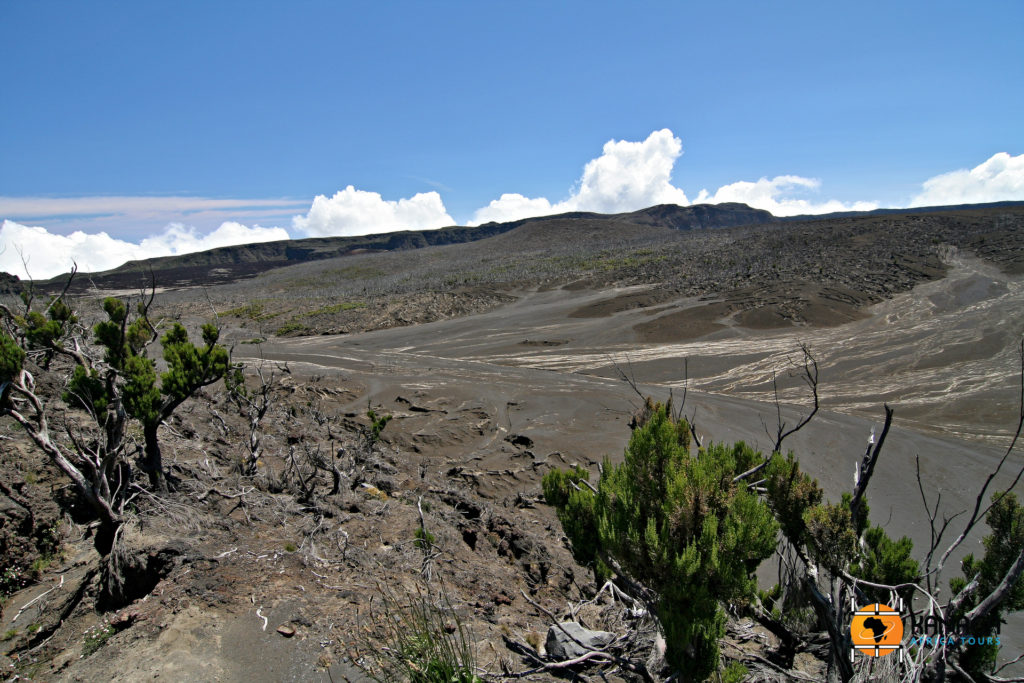Architectural relics of ancient sultanates, paradisiacal beaches and wild coastlines, the Comoros are an Eden still unexplored by international tourism, which also harbours an extraordinary naturalistic treasure inland, amidst breathtaking geological panoramas and volcanic habitats rich in endemic flora and fauna, a precious backdrop of fertile lands where rare perfumed essences have been cultivated for centuries.
The ‘Islands of the Moon’ are scented with ylang ylang and vanilla, clove and lemongrass, jasmine and cinnamon, amidst immense plantations, the centuries-old cultivation of which is now an integral part of the Comorian identity itself, influencing its traditional customs, as well as being the main economic source of the population. The Island of Anjouan is its hub, with ancient estates, including one that belonged to Sultan Abdallah III, incorporated in the early 20th century into the Societé Comores de Bambao, the world’s largest producer of ylang ylang. Immense cultivations that have changed the face of the islands into what is now defined as a ‘cultural landscape’, a precious natural and historical heritage of the Comoros, based on the production of perfumed essences.
Suffice it to say that the base of the famous Chanel No. 5 is composed of essential oils from Comorian plantations, and that there is no traditional ceremony in the country that is not centred on the ritual and ancestral use of perfumed essences or orchid and jasmine flowers, in a riot of ornamentation that reaches its peak during the characteristic ‘Grand Mariage’ celebrations.
It is not surprising, therefore, that the Comoros are also known as the ‘Fragrant Islands’, generous lands of volcanic origin, which have always been a trading port on the spice and trade route between Europe, Africa and Indochina, and a compulsory stop for all vessels rounding the Cape of Good Hope.
Enchanting geological landscapes and extraordinary panoramas surround the plantations of Anjouan and Grande Comore, in a series of inland nature trails, to which one can dedicate unforgettable treks and adventures, immersed in the most authentic and wild vegetation.
For enthusiasts, not to be missed is the adrenaline-fuelled ascent of the still active Karthala Volcano, which dominates the southern hinterland of Grande Comore Island from a height of 2,360 metres, arousing in the local population a kind of reverential awe and respect, like a powerful geological sultan, totally unpredictable, and still constantly changing the geography and morphology of the island.
Crossing a magnificent, dense, humid tropical forest that engulfs its base, in about 8 hours of walking, of medium difficulty, you reach the summit of the crater, amid lunar landscapes of lava and soot blacks, where the caldera, the largest in the world still active, with its 3 km diameter, opens up.
Karthala, first climbed in 1863 by Dr Kresten and last erupted in 2018, is as authentic and far from the beaten track of discovery tourism as the entire African continent can offer. A unique experience of emotions, in contact with an extraordinary and primordial nature, where the presence of man still goes totally unnoticed.






